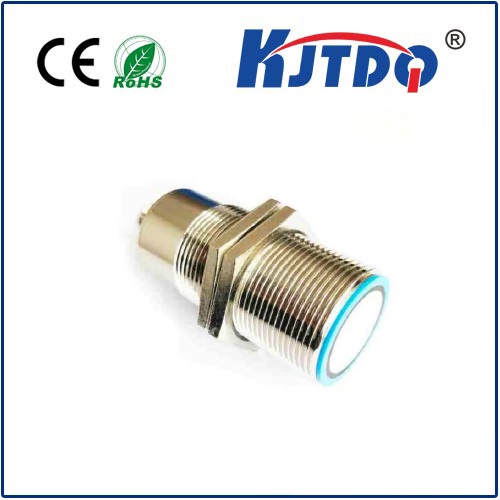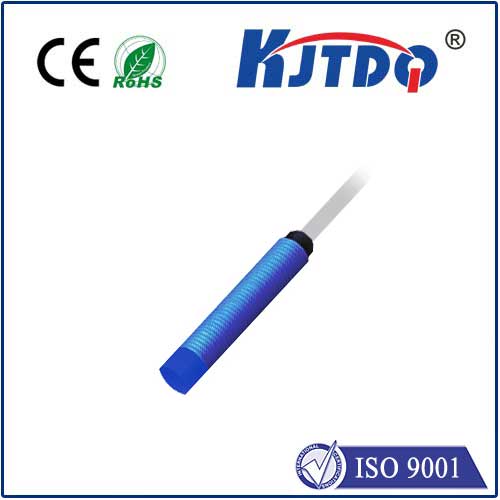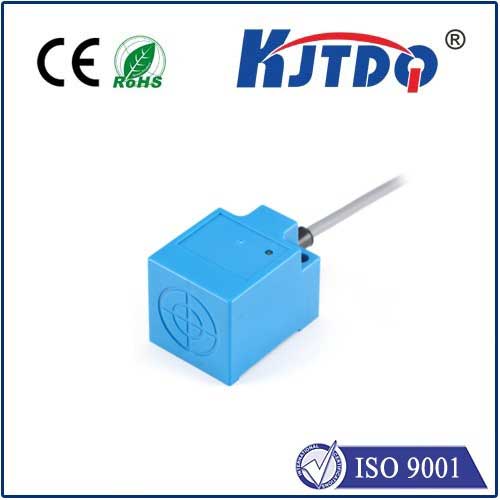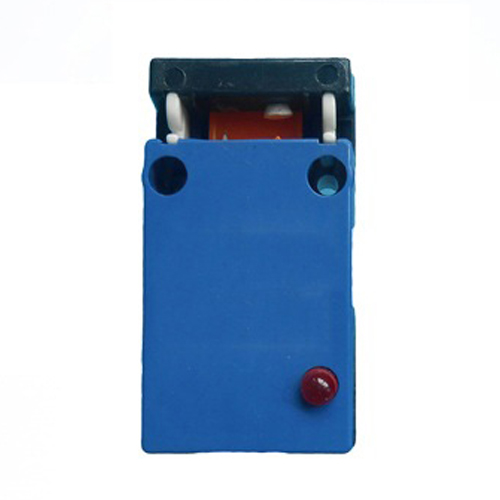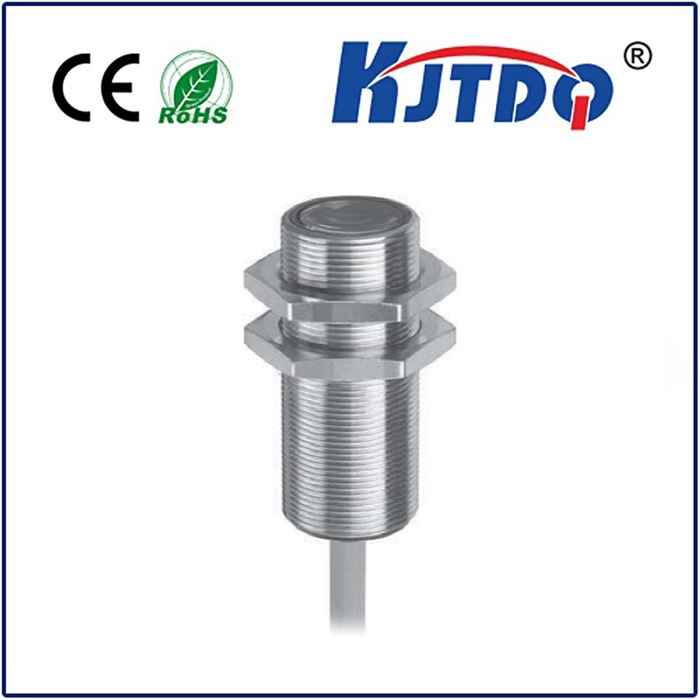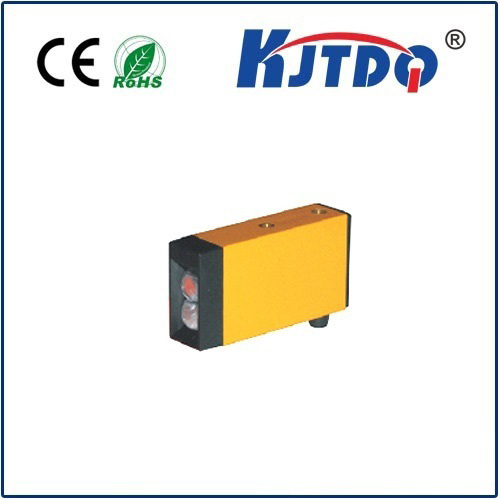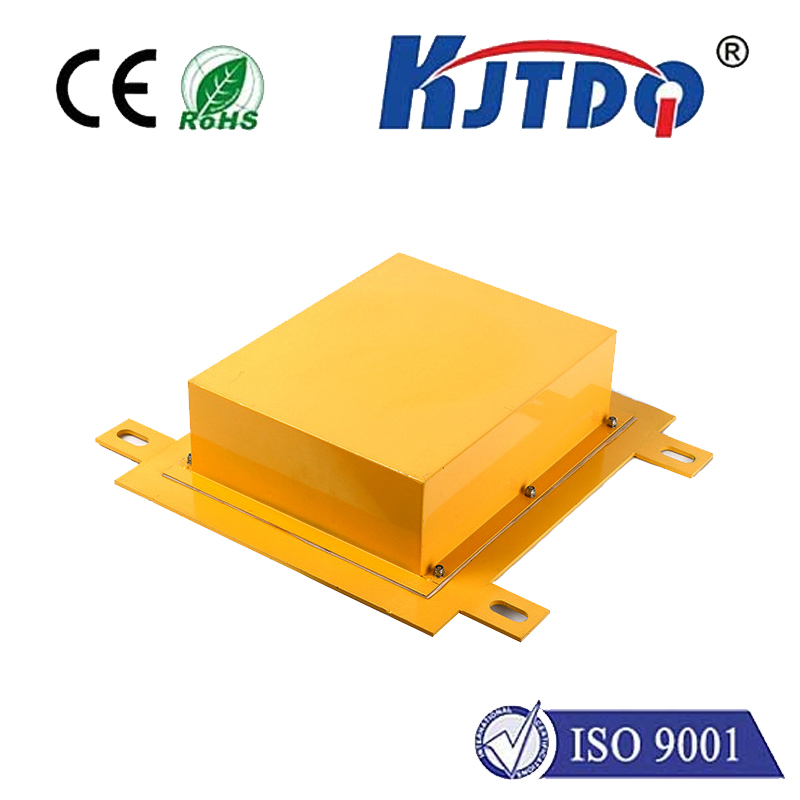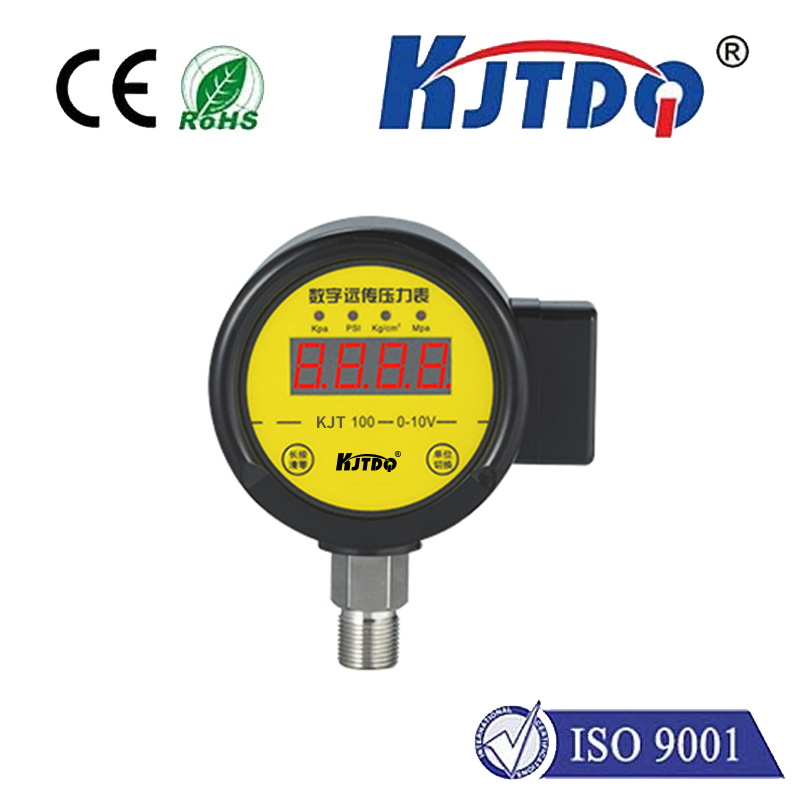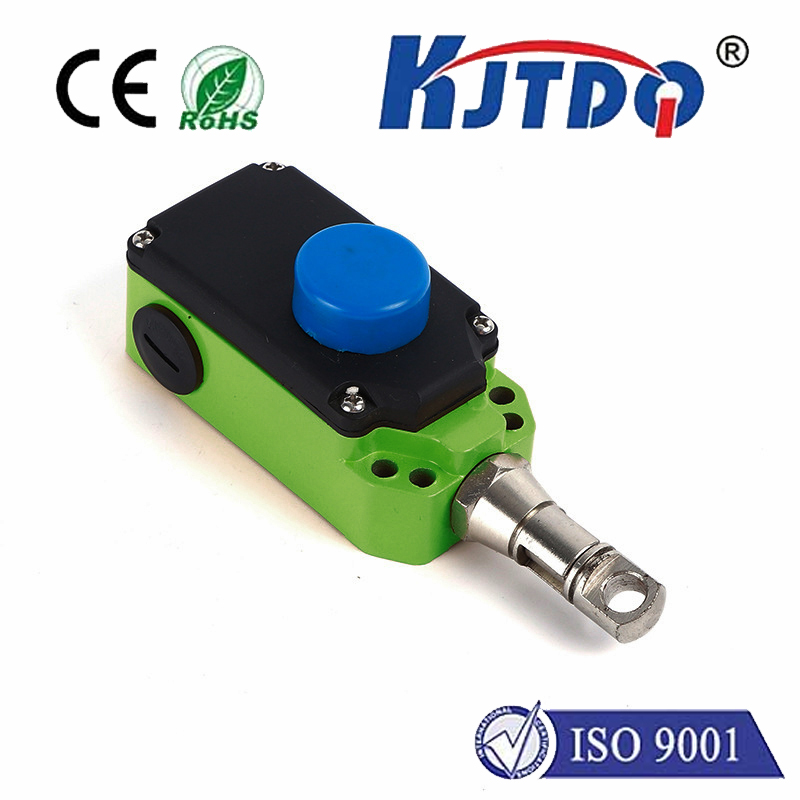

check

check

check

check

check

check

check

check

check

check
Precision sensing isn’t just a feature; it’s the bedrock of efficient and safe industrial automation. In the relentless rhythm of factories, assembly lines, and machinery, knowing exactly where an object is – without physical contact – is critical. This is where robust, dependable proximity sensors like the Prox 2000 shine as unsung heroes, enabling countless processes to operate flawlessly. This article delves into the capabilities and significance of the Prox 2000 proximity sensor, exploring why it remains a cornerstone in diverse industrial applications.
At its core, the Prox 2000 belongs to the category of inductive proximity sensors. These devices work on the principle of electromagnetic induction. The sensor generates a high-frequency oscillating electromagnetic field from its active face. When a metallic target (most commonly ferrous metals like steel or iron, but also often non-ferrous metals depending on the specific model and sensing distance) enters this field, it induces eddy currents within the target. These eddy currents cause a measurable change in the sensor’s own oscillation amplitude or frequency. The sensor’s built-in electronics detect this change and trigger a solid-state electronic switch, signaling the presence of the target object. The elegance lies in its non-contact operation – no wear and tear from physical bumps, just reliable magnetic field interaction.
Why does the Prox 2000 stand out in a crowded market? Its reputation hinges on several key attributes prized in demanding industrial environments:
The practical applications of the Prox 2000 proximity sensor are vast and integral to modern industry:
The Prox 2000 exemplifies the power of a well-designed inductive sensor. Its combination of robust construction, reliable non-contact sensing, generous range, and resilience to harsh environments makes it more than just a component; it’s a fundamental building block for dependable automation. When processes demand certainty about the position or presence of metallic objects, especially in challenging conditions, the Prox 2000 proximity sensor consistently delivers the performance required to keep operations running smoothly, efficiently, and safely. Discover how integrating robust sensing solutions like the Prox 2000 can enhance your system’s reliability; explore our range of industrial sensors and automation components for optimized performance. Understanding such key components is crucial for anyone designing, maintaining, or optimizing modern industrial control systems.
